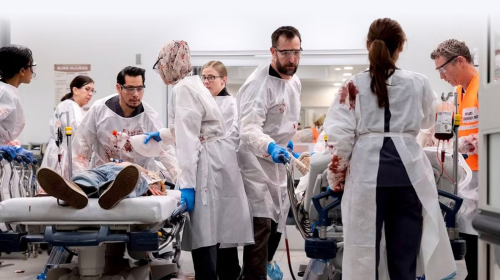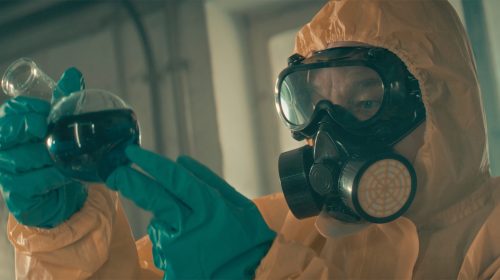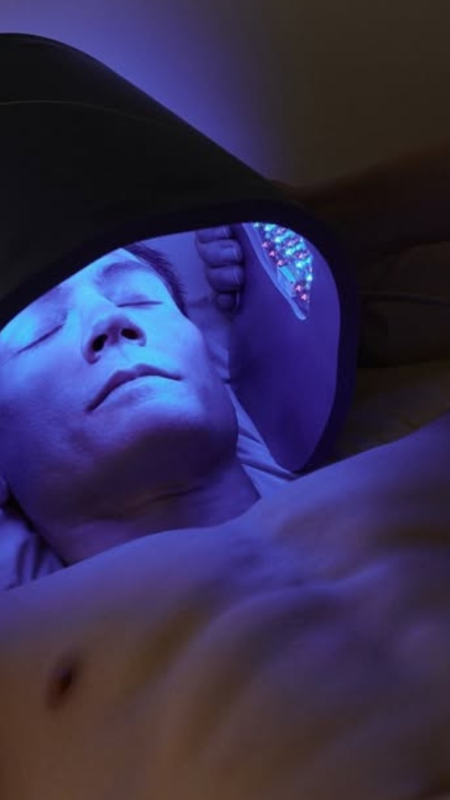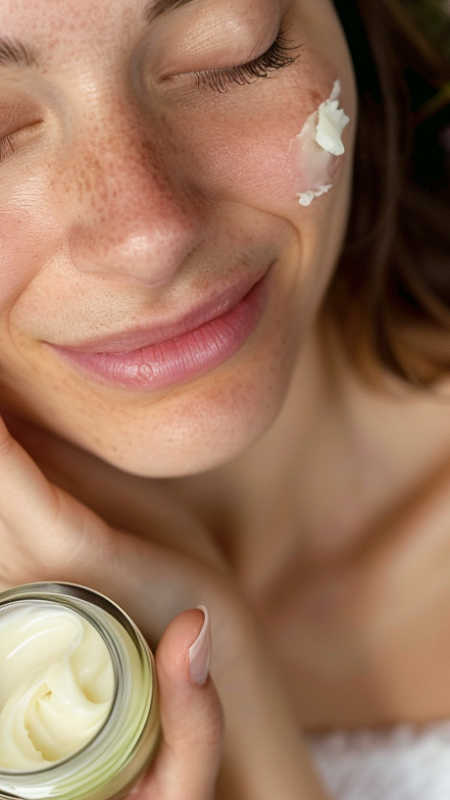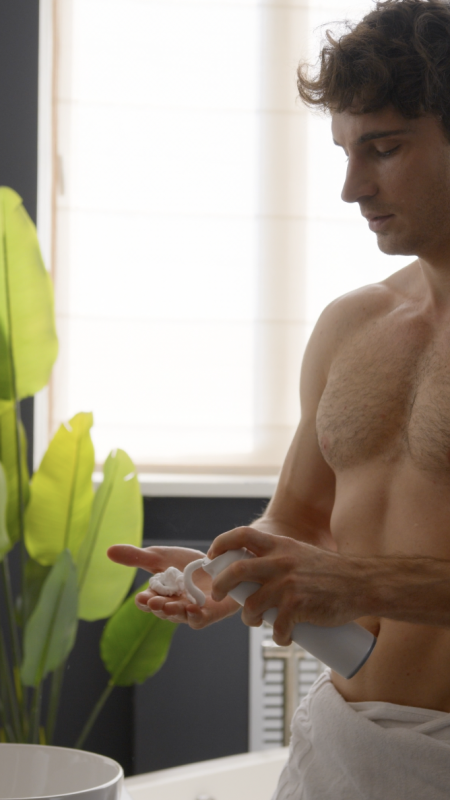Hot Tape, Cold Truth: Why Most Back Pain Treatments Are Useless

If your lower back is constantly angry, you’ve probably tried all the usual ‘cures’, from massage to back braces and acupuncture. Me too – I was diagnosed with scoliosis as a child and, as a result, have spent nearly 20 years trying to find what works to ease my back pain.
That involved parting with a lot of money for some peculiar treatments, like being bruised for weeks from cupping and having my muscles go into spasm during dry needling. And yet, I’ve often secretly wondered if any of it was really helping. Now science has proven my suspicion, with a new study suggesting that almost none of the wacky back-healing strategies make a difference to our pain.
Published in BMJ Evidence Based Medicine, the research looked at 56 treatments for low back pain. Of all those pills, stretches, needles, machines and many more, only a few were found to help.
Out of those that did work, just one treatment helped acute low back pain (meaning the pain is short-term): NSAIDs, or anti-inflammatory medications. For chronic low back pain – or pain that lasts for a while – they found only exercise, spinal manipulation, taping, antidepressants and heat rubs work – and the impact was still small.
They also found plenty of treatments that didn’t do anything to reduce pain. Exercise had no impact on acute lower back pain, and neither did steroid injections and paracetamol.
Over 600 million people like me around the world are struggling with back pain every day. As well as trial-and-erroring plenty of treatments, I’ve also become a health editor and fitness trainer, meaning I am pretty good at digging into the science of what works for our bodies. We’re all different, so finding your own programme of pain-busting practices matters, but based on the latest study, this is what the science says could also work for you.
Exercise
The best exercise for long-term back pain depends on the cause of it. If back pain is due to weakness, strength training can help. It was game-changing for me, particularly building strength in the glutes that support the spine and shoulders that maintain posture. Ideally, start with a PT who can check your form before lifting so you don’t make your back pain worse.
Stretching and yoga are also a good idea if the pain comes from tightness. However, the best activity to start with may be walking: it’s low-impact, improves circulation and a study published last year found walking three times a week to ease back pain almost halves the risk of its recurrence.
Taping
Taping refers to using kinesiology tape, the often brightly coloured strips of fabric you see strapped to athletes’ skin during competitions. It’s thought to work by pulling the skin upwards, creating a microscopic space between it and the tissues underneath. That improves the circulation of blood and healing fluids. Small studies also show it can create extra space in joints, which reduces irritation.
Heat rubs
The BMJ research said there was some evidence for the effectiveness of ‘TRPV1 agonists’. These are topical products that have heat sensations, leading to a burning, warming and pain-relieving feeling, like heat rubs.
Capsaicin creams like Zacin are licensed for use to relieve symptoms of osteoarthritis, though the NHS in the UK says, ‘Unfortunately we cannot guarantee you will gain benefit from this drug.’


